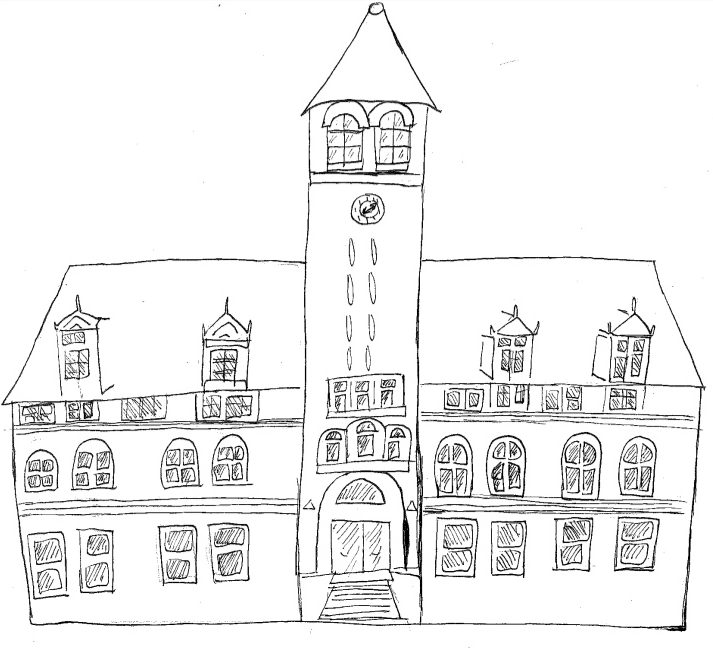What Does Trump’s Tax Legislation Mean for MA?
Pictured: Cambridge City Hall.
January 30, 2018
On December 22nd, President Donald Trump signed the Tax Cuts and Jobs Act into law. The law represents a major reform of the United States tax code that will affect every American citizen. This legislative victory marks the largest change to the current tax system since tax cuts passed by President Bush in 2001 and has proven to be highly controversial. The principle elements of the bill include: personal income tax reductions, increases in the standard deduction and the family tax credit, limits to deductions from state and local income taxes and property taxes, limits to the house mortgage deduction, reduced taxes on estate inheritance, and a massive tax cut for corporations and small businesses.
This is a complicated and comprehensive list of changes, but let’s get down to the crux of it. Taxes are being reduced for a large range of individuals with new limits on how much they can deduct from their taxes. Additionally, corporations and small businesses are also seeing their rates cut with the top federal tax rate falling from 35% to 21%. Now, at first glance, it would be assumed that most people would get behind seeing their taxes cut. The problem, though, according to the Tax Policy Center, is that the top 20% of the population—according to income—will collect between 65% and 70% of the tax cuts, and that percentage will most likely grow in the coming decade. The most prominent criticism of the bill from the political left is that it benefits the top, whereas the political right denies these claims, insisting that the majority of savings will apply to middle-class populations. However, almost every independent tax research institution—and even the Republican-controlled Joint House Committee on Taxation—have come to the conclusion that higher earners in America will benefit substantially more than the middle class with this new bill.
Additionally, the elimination of the State and Local Tax Deductions and the Mortgage Interest Deductions might cause taxes in traditionally Democratic states to actually increase. The city of Cambridge, specifically, has significantly high house values—and Massachusetts, while not the highest, has high taxes in comparison to most other states.
Therefore, the vast majority of Cambridge residents will actually see their taxes rise come the new year, and personal income tax decreases will be wiped out. CRLS economics teacher Brendan Kells told the Register Forum that certain aspects of the bill were “very clearly targeted towards blue states,” and that, “in this partisan environment, the GOP did not need any Democratic votes to pass this tax cut and therefore ignored their opinions for the most part.” He also commented that though he disagrees in principle with mortgage interest deductions, their repeal will end up primarily harming middle and lower-class residents and widening local inequality. An important result of this bill is the explosion of the federal deficit, which might rise to over $1 trillion by the end of the decade. In order to correct this divide, it is widely speculated that Republican lawmakers intend to cut spending on expenditures in 2018. Junior Rory Millar speculates that this could hurt middle and lower-class citizens.
“There is a real danger that key public programs such as … Medicare and Medicaid could be cut back this year, which would be really bad for people in the middle class,” Millar said. However, junior Jeffrey Liu sees things another way. “It’s frankly absurd that people would complain about this bill, especially considering that there are virtually no cuts going on at the federal level,” Liu argued. “On a local level, this would imply that city governments that run deficits would possibly receive less funding. However, that’s a local issue and should be treated as one.” Whatever the spending cuts in 2018, the Tax Cuts and Jobs Act will affect every level of the American economy and everybody that works within it.
This piece also appears in our January print edition.










